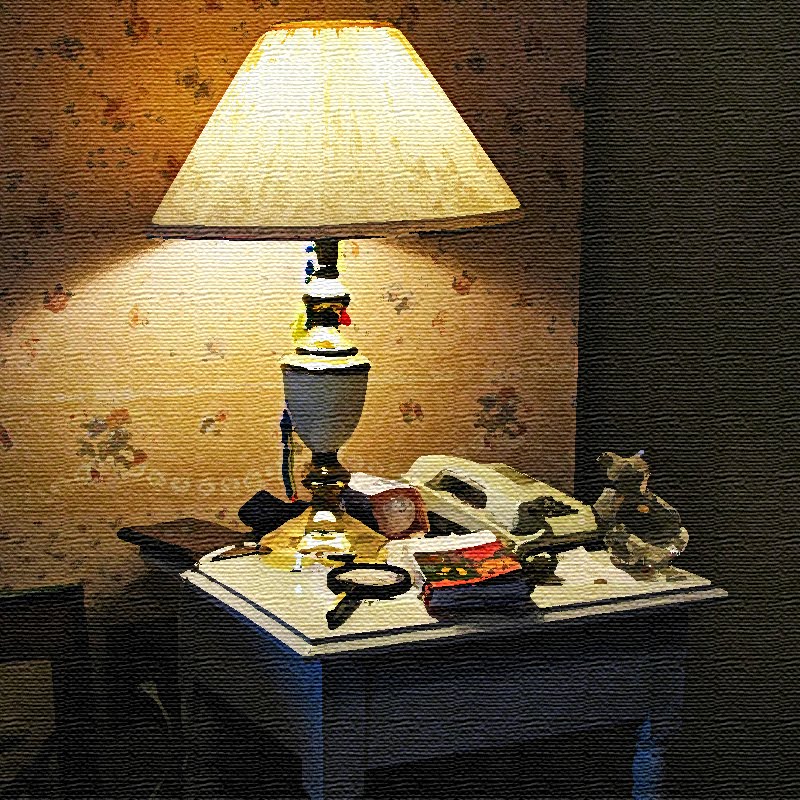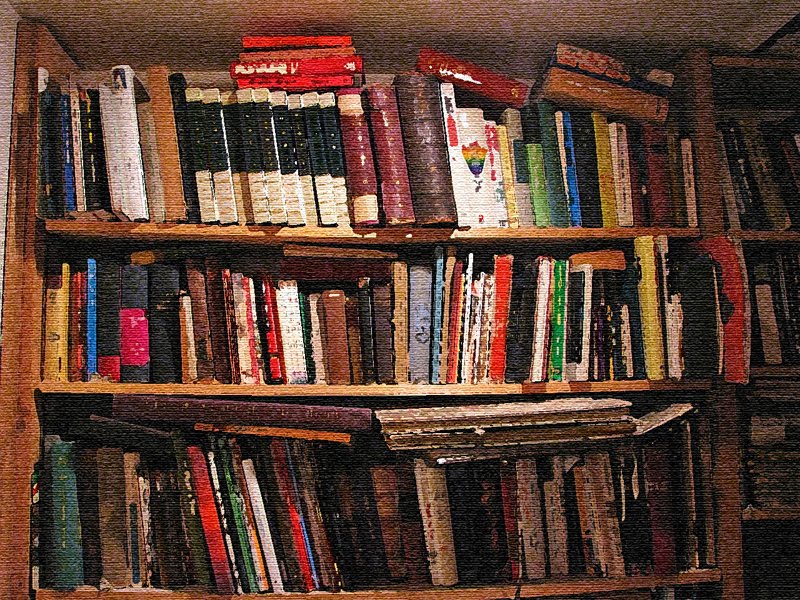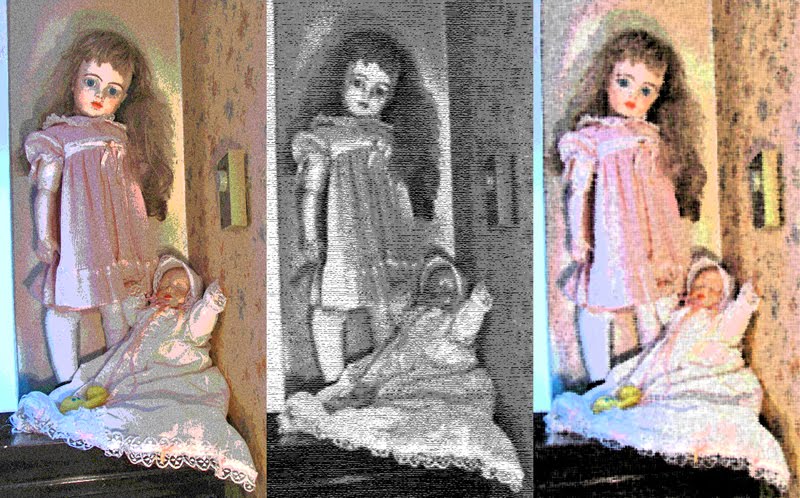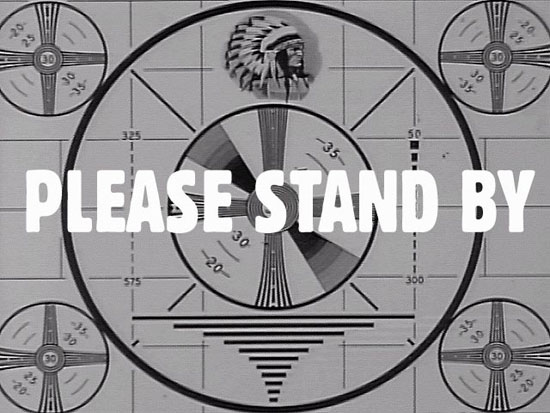
We seem to have a problem reacting to art in the US. Far too many people seem to think that art needs to be pretty and easy to digest; in effect, it's just another form of entertainment. Hence the preponderance in the "arts industry" of stuff like Thomas Kinkade's paintings, Britney Spears and Hannah Montana/Miley Cyrus, and other such pretty-but-shallow "products" on the market.
Unfortunately, what that means is that work with depth and complexity is most often ignored or dismissed as elitist, pretentious, ugly, "not art", and, worst of all, "immoral". The Abstract Expressionists (yes, that's Jackson Pollock's
No. 4 to the left) were dismissed as childish wannabes who hadn't taken the time or effort to learn "how to draw". Why? Because they weren't representational paintings, showing recognizable objects in recognizable surroundings. Apparently these critics weren't aware that all the painters they criticized had gone to art school and could draw like DaVinci and Michaelangelo.
The problem is that Abstract Expressionism isn't easy to digest; it takes time and effort and concentration to absorb and understand. The same holds true for the other stylistic schools of modern art, like Cubism, Minimalism and Serialism (in music), Surrealism (in all the arts, from literature to painting to music to film), and other modernist movements. This has been true down through the ages: anything new requires an enhanced level of effort and concentration to "get" the advances in artistic technique. The Impressionists were condemned as myopic; Corot's landscapes were considered the phantasms of a deranged mind; Mozart's music (of all things!) was criticized as dissonant; Stravinsky's
The Rite of Spring caused a riot at its debut. It's a lesson we only seem to learn in hindsight, after the passage of much time; now the Impressionists, Corot, Mozart, and Stravinsky are all part of the artistic mainstream.
But some people are able to put aside emotional attachment to the status quo and look at, listen to, read, watch new things with an open mind. They focus, concentrate, and put some effort into trying to understand just what it is that's going on in all this "new stuff". And it's because of them that the
avant garde survives the passage of time, is accepted, and becomes the mainstream of the future. We now listen to Mozart and Beethoven, read Dickens and Poe, and enjoy Monet and Gaugin because somebody was open enough to "get" them and keep them alive long enough to be accepted.
One of my favorite pieces of music is
George Crumb's
Black Angels. Composed in 1970 and informed by the turbulent times of its composition,
Black Angels is not necessarily an easy piece to listen to. But according to Crumb, it's not meant to be "easy listening" music. He said in an interview in 1990: "Things were turned upside down. There were terrifying things in the air... they found their way into
Black Angels." It's dark and dissonant, but it's also ethereal and, in the end, redemptive. Again according to Crumb: "
Black Angels was conceived as a kind of parable on our troubled world. The work portrays a voyage of the soul. The three stages of the journey are Departure (fall from grace), Absence (spiritual annihilation), and Return (redemption)."
Black Angels resonates now as much as it did in 1970 because the times are once again as turbulent as those in which it was conceived. And it's still controversial; it's not "pretty", it's not "easy", you need to pay attention while listening to it. A diet of Britney Spears and Justin Bieber is
not going to help you understand this piece, but in the end it means so much more than their short-lived ditties will ever mean, and will still be performed and listened to long after their songs have disappeared into the cyber-ether. Listen for yourself:
And just to put it all into perspective... This piece of music was once dismissed as dissonant and presumptuous:
And this painting and other works by this painter were dismissed as the fantasies of a disturbed mind:

Which only goes to show how wrong public opinion can be!
Text © 2010 by A. Roy Hilbinger
 The spring house and Dykeman Pond, the southern Duck Pond. I've discovered that I misnamed the stream that issues from here and runs through downtown Shippensburg. It's not Burd Run but rather Middle Spring Creek; Burd Run is farther north and out of the downtown area altogether. I finally found a map that actually names bodies of water that small (Google Maps, but on the "terrain" setting).
The spring house and Dykeman Pond, the southern Duck Pond. I've discovered that I misnamed the stream that issues from here and runs through downtown Shippensburg. It's not Burd Run but rather Middle Spring Creek; Burd Run is farther north and out of the downtown area altogether. I finally found a map that actually names bodies of water that small (Google Maps, but on the "terrain" setting). I finally got a shot of the Belted Kingfisher. Not the best quality, but infinitely better than I've managed to get before.
I finally got a shot of the Belted Kingfisher. Not the best quality, but infinitely better than I've managed to get before.

























































































